
Menu

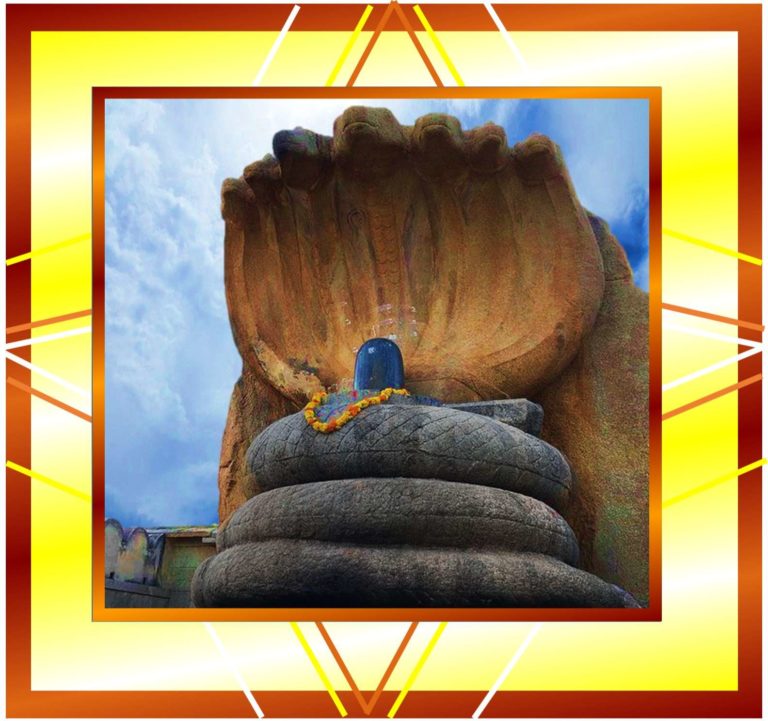
According to the Purans, before the creation of this universe, earth was an endless power. The first God to appear was Lord Vishnu and Lord Brahma was born from the navel of Lord Vishnu. Both the Gods wanted to prove their supremacy, which lead them to fight for years. They found an answer to their dilemma in the form a akashvani by Mahadev when a fiery column of light appeared in the sky along with a voice declaring that he who finds the ends of this light, will prove his supremacy. This shining and astonishingly beautiful fiery column of light later cooled down to be the first ever Jyotirlinga. This form of Lord Shiva is know as the Jyotirlinga. Shivling is the symbol of Lord Shiva that used in temples to worship Mahadev.
To find the end of the Jyotirlinga, Lord Vishnu went downwards while Brahma went upwards. For thousands of years, both of them kept finding the end of the fiery light. But no one could reach it. Lord Vishnu then folded his hands and said that Lord, you are more powerful. No end of the Jyotirling was found as it is an infinite light. Brahma also did not find the end. But, did not want to let Lord Vishnu be considered superior. Therefore, Brahma lied about having found the end.
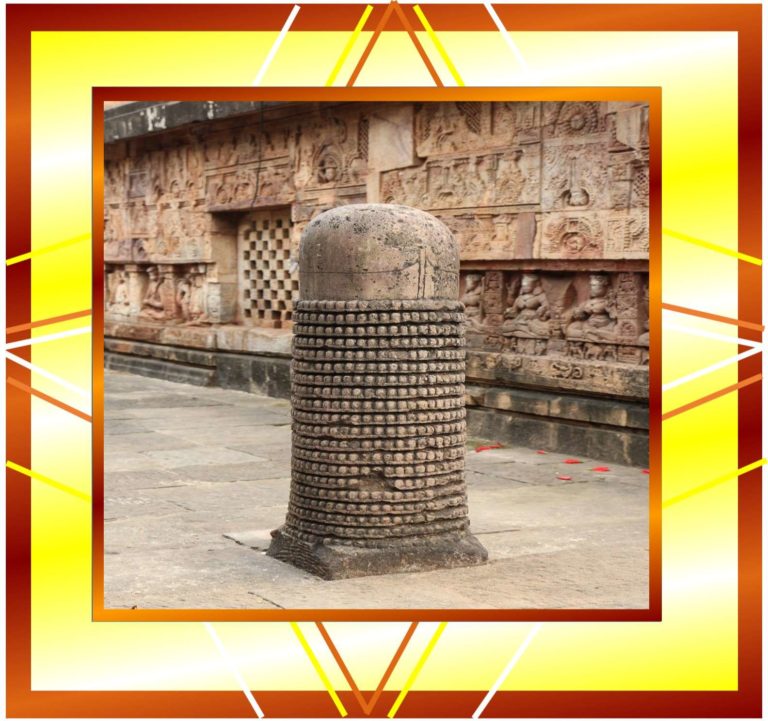
Thus came a voice from the light declaring that ‘I have no end, and no beginning’. Lord Shiva then appeared from that Shivling and gave Lord Vishnu a boon for telling the truth, while Lord Brahma was punished for his lie with the curse that no one will worship him. However, Brahma later freed himself from the curse.
While Brahma is called the creator of the universe, Vishnu is called the protector of the world. Mahadev is the destroyer of the world and his supreme form is Jyotirlinga. Shivling is used as a symbol for worship of Mahadev. It is the symbol of worship that is present in temples and helps connect the devotees to Lord Shiva. Shivling was born to create balance in the universe. Shivling was born to end the battle between Brahma and Vishnu on earth. In Hinduism, Shivling is considered a symbol of the entire universe. It is believed that Shivling has no colour. It interacts with any colour and becomes the same colour.
According to the Linga Purana, the Shivling is the formless cosmic bearer – the oval stone is the symbol of the universe and the Pitham (Base) is the supreme power nourishing and supporting the universe.
Shivling is the symbol of Lord Shiva. Praying to the Shivling helps the devotee focus all his concentration and energy at one point and thus helps him in the achievement of the super consciousness. An immense amount of spiritual vibrations exists in the Shivling for any seeker. Worshipping the Shivling leads to the achievement of this super consciousness.
Shivling works equally well for beginners and advanced practitioners and thus gives everyone equal power to fight negativity. Worship of Shivling gives physical, mental, and above all higher consciousness state and well-being. Shivling Puja and meditation boosts concentration and enhances positive vibrations. Worship of Shivling is similar to worshipping Lord Shiva and Shakti in their most unique form, i.e. in their union form (Ardhnariswara).
Shivling Puja can lead to a path where one can be freed from all their past sins. By worshipping parad Shivling a devotee is bestowed with the blessings of the three lokas (Trilok- Heaven, earth and hell). When one performs the Shivling Puja on Mondays, it brings positive change in your physical and mental being.
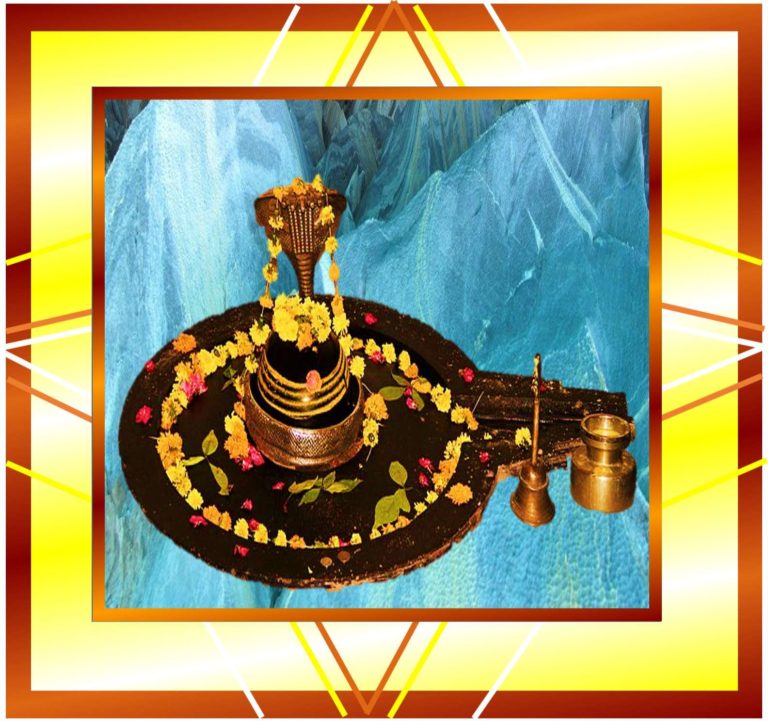
According to the Puranas, Lord Shiva himself appeared in the form of infinitely huge pillar of light which came to be known as the Jyotirlingas. There are 12 holy places throughout India where there exists the 12 Jyotirlingas. It is said that with the mere sighting, worshiping, worship and chanting of these Jyotirlingas, all sins of the devotees are eradicated. The 12 Jyotirlingas are:
Somnath Jyotirlinga
Somnath Temple is located on the seashore in the Kathiawar region of Gujarat.
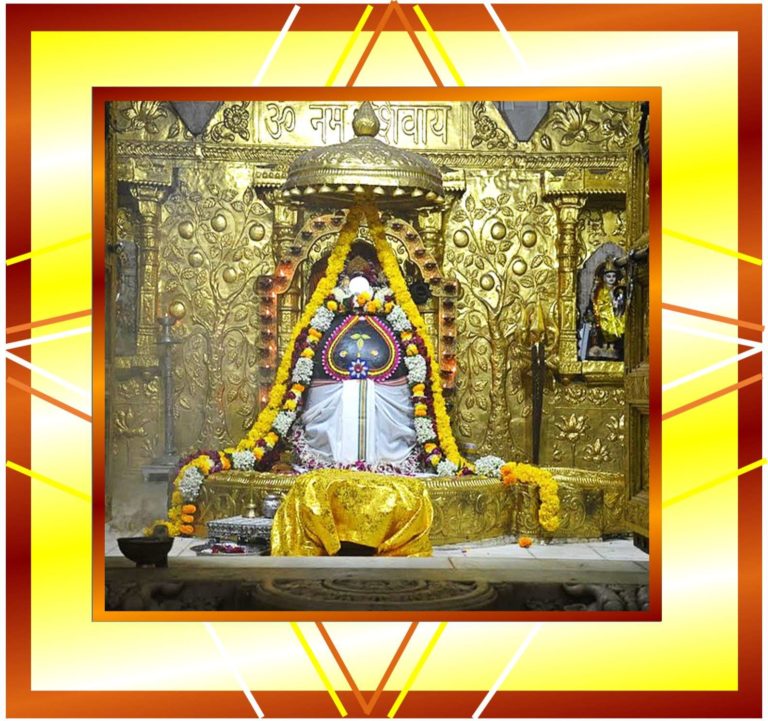
Mallikarjuna Jyotirlinga
Mallikarjuna Temple is located on the banks of Krishna River in Kurnool district of Andhra Pradesh.
Kedarnath Jyotirlinga
Kedarnath Dham is situated on the banks of Alaknanda and Mandakini rivers at the height of 3583 metres in Uttarakhand.
Bhimashankar Jyotirlinga
Bhimashankar Jyotirlinga is located about 100 km from Pune in Maharashtra.
Mahakaleshwar Jyotirlinga
Mahakaleshwar Dakshinamukhi Jyotirlinga is situated on the banks of Shipra River in Ujjain, Madhya Pradesh.
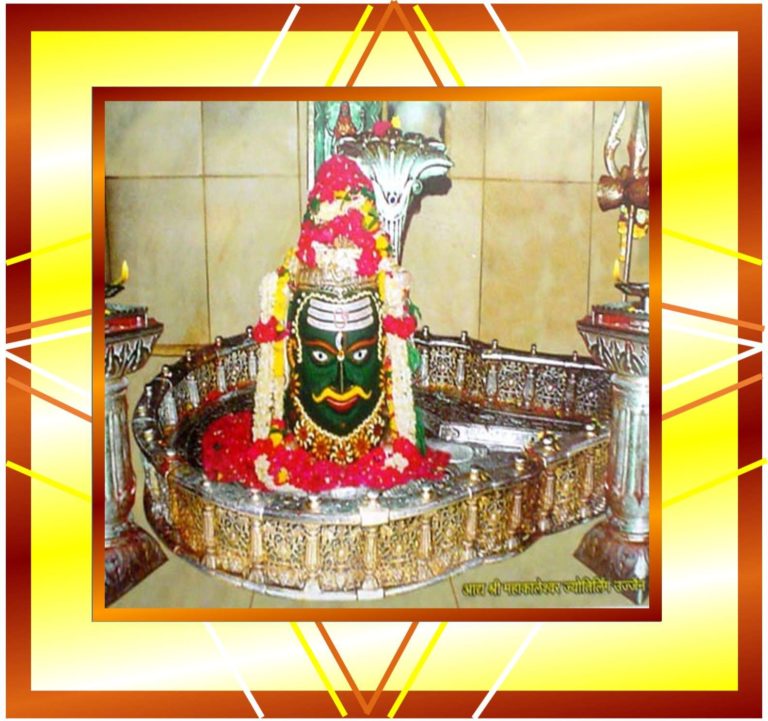
Vishwanath Jyotirlinga
The temple of Kashi Vishwanath in the religious city of Kashi is situated on the banks of River Ganges
Trimbakeshwar Jyotirlinga
Trimbakeshwar Temple is located 30 km west of Nasik on the banks of River Godavari, Maharashtra.
Nageshwar Jyotirlinga
Nageshwar Temple is situated 17 miles from Dwarkapuri in Gujarat.
Omkareshwar Jyotirlinga
On the Mandhata Mountain on the banks of River Narmada in Madhya Pradesh is situated Omkareshwar Temple
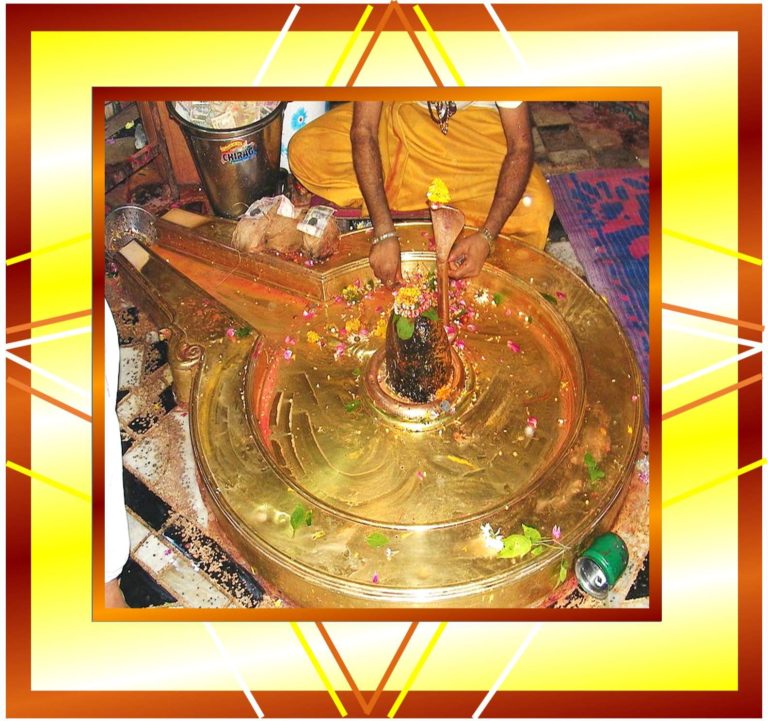
Vaidyanath Jyotirlinga
Baba Baijnath (Vaidyanath) temple is located in Deoghar district of Jharkhand.
Rameshwaram Jyotirlinga
Rameshwaram Temple is located in the state of Tamil Nadu.
Ghrishneshwar Jyotirlinga
This temple is located about eighteen kilometres from Daulatabad in Maharashtra.